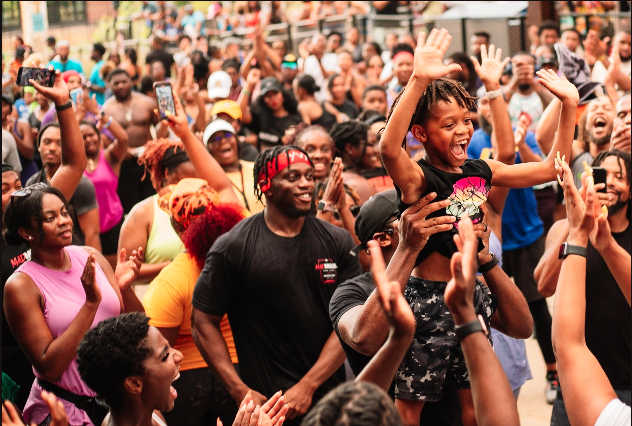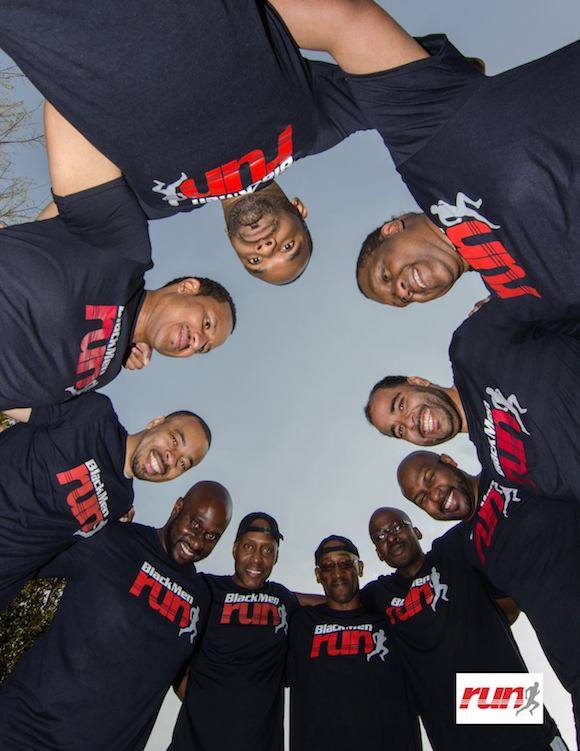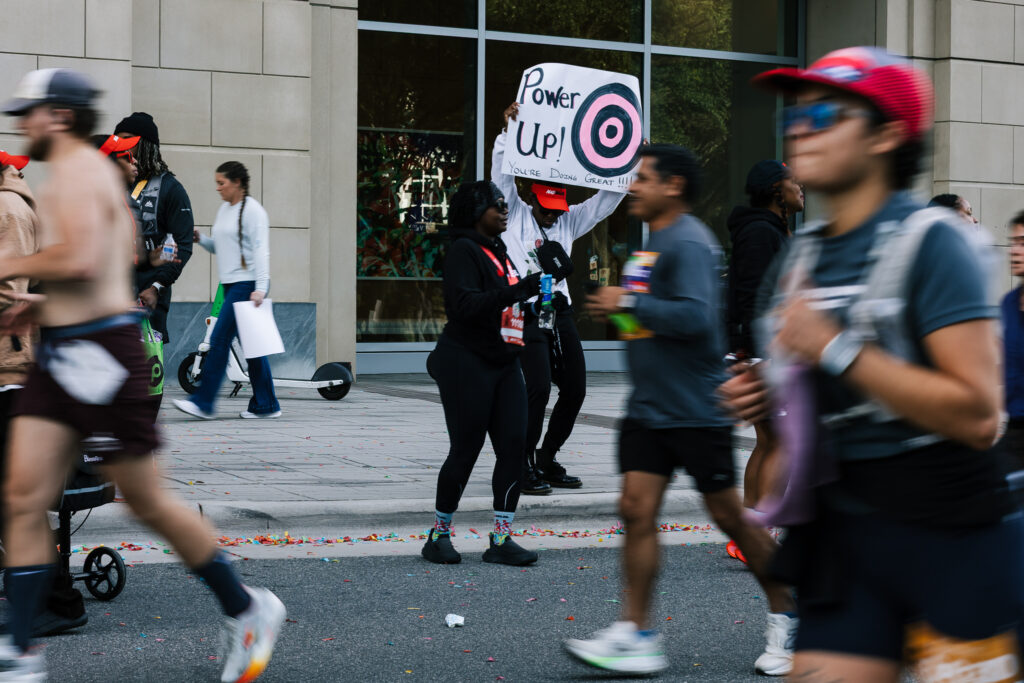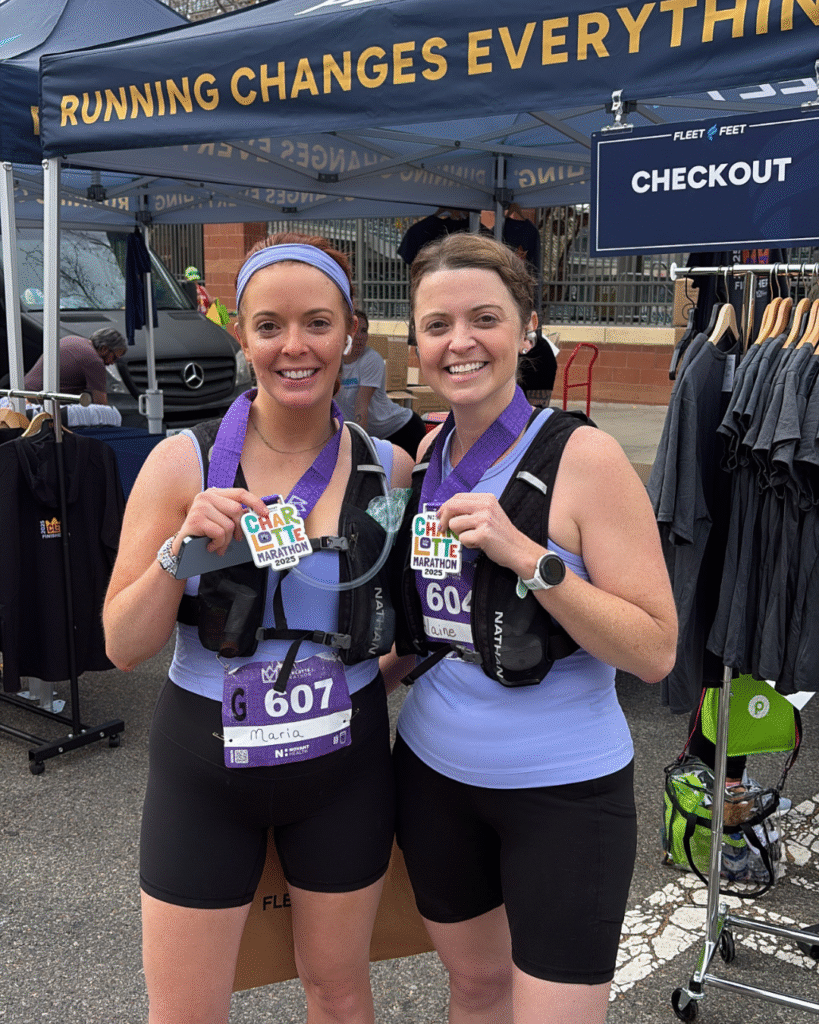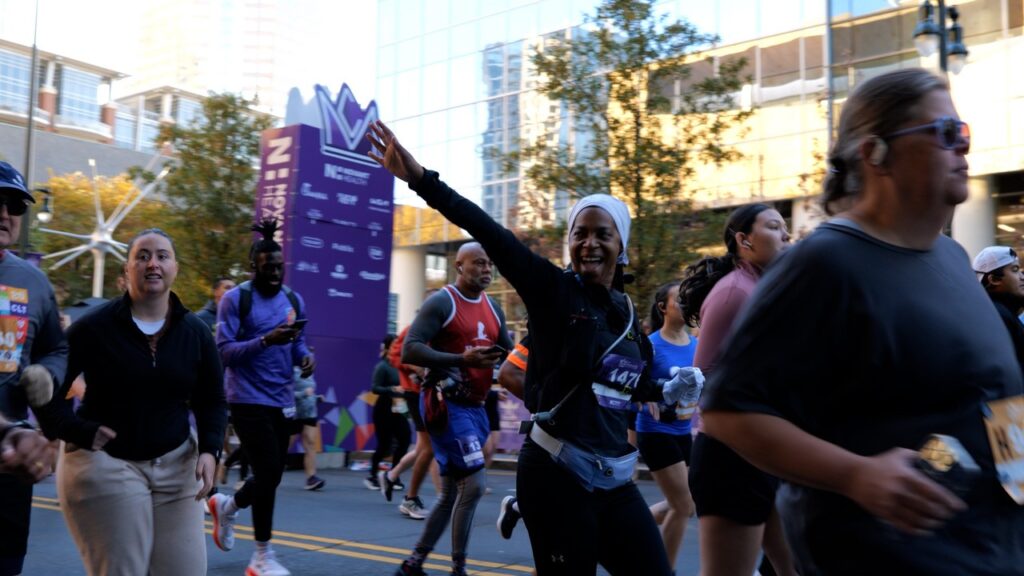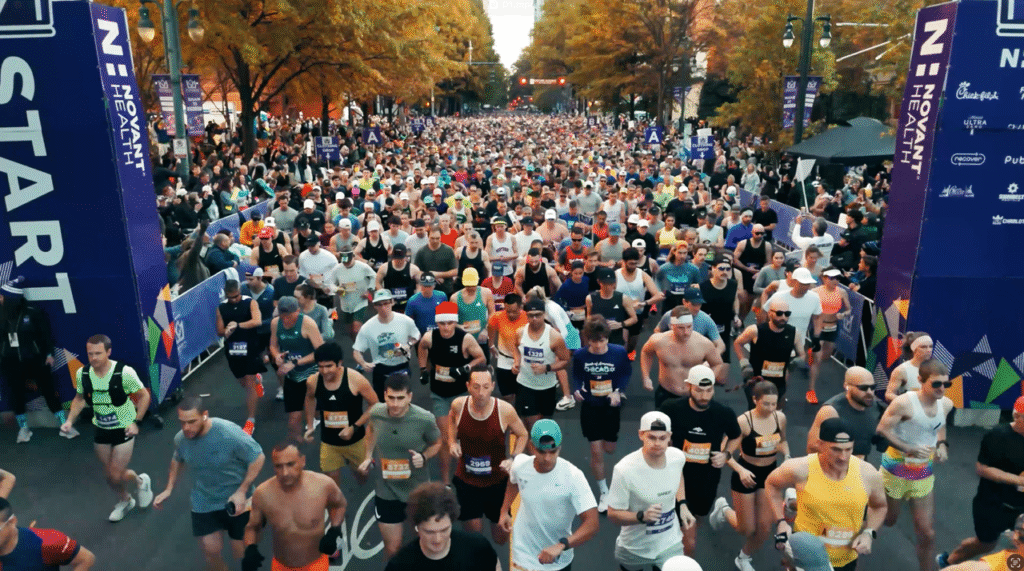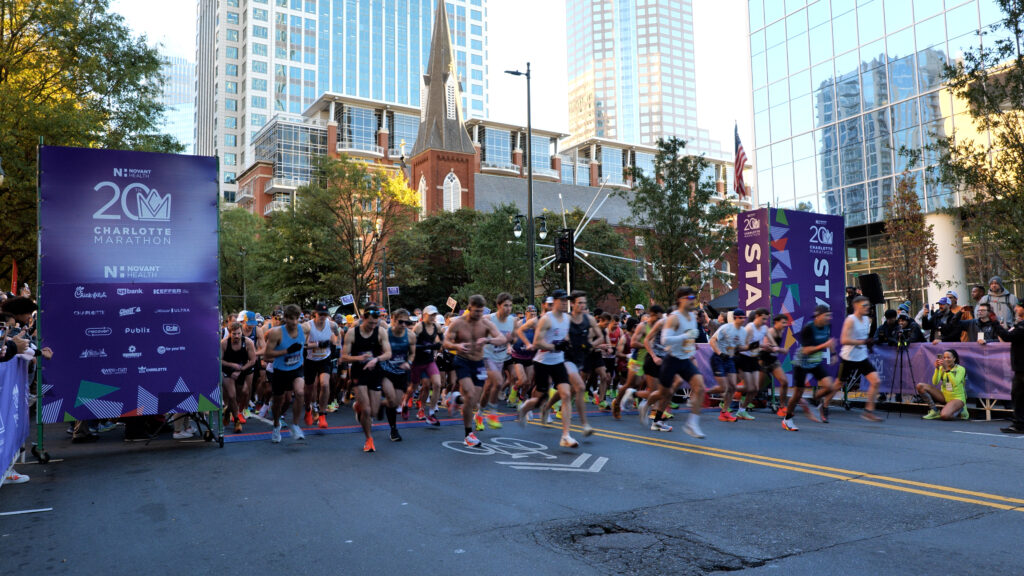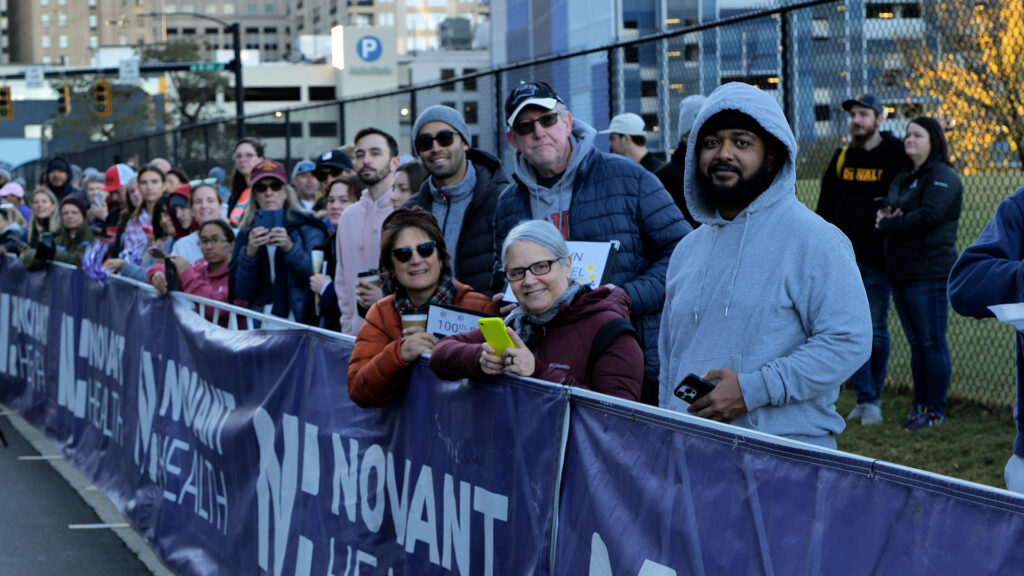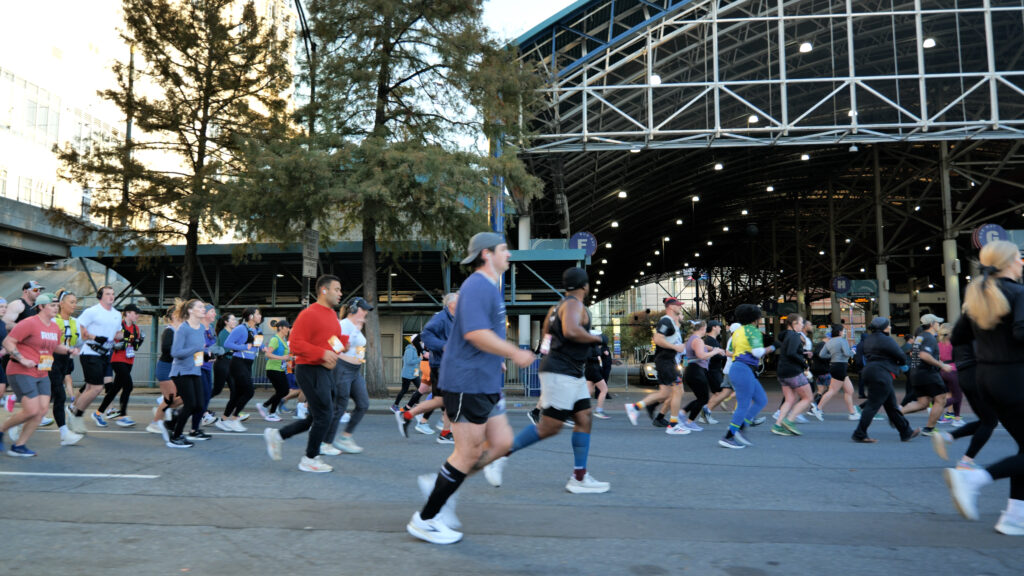
Shopping for runners – or yourself this season – just got a lot easier. Skip the generic gadgets and stuff their stockings with gear from the local shops that keep Charlotte running strong all year long. From cozy layers to max-cushioned shoes and recovery essentials, these gifts are made for all the miles and finish-line feels ahead.

Charlotte Running Company
Charlotte Running Company has you covered from head to toe, whether you or your runner are chasing a PR, or getting those miles day or night.
- Running apparel & layers
Think technical tops, tights, and outerwear built to handle sweat, wind, and back-to-back run days, all while looking sharp for group runs and post-run coffee.
Find it at: Charlotte Running Company (all locations and online). - “See & Be Seen” lights and reflective gear
High-visibility vests, lights, and reflective accessories help runners stay visible on dark winter mornings and evenings, making night miles safer and more confident.
Find it at: Charlotte Running Company – “See & Be Seen” collection. - CRC x Goodr sunglasses
These no-slip, no-bounce sunglasses bring fun colors and polarized lenses to every run, from sunny long runs to race day, without breaking the bank.
Find it at: Charlotte Running Company – CRC x Goodr collection.

Fleet Feet Charlotte
Fleet Feet Charlotte brings a mix of everyday essentials and big-ticket upgrades that runners will use long after the tree comes down.
- Jogology Low Cushion No Show Socks
These ultra-light, no-show socks fit like a second skin, with seamless toes, snug arch support, and heel tabs to prevent rubbing and slipping—perfect for runners who want less bulk but maximum comfort.
Find it at: Fleet Feet Charlotte (Jogology section). - Brooks Ghost Max 3
This max-cushioned daily trainer delivers a plush ride with a high stack of cushioning, rocker geometry for smooth transitions, and a breathable mesh upper, ideal for easy runs, recovery days, and long walks.
Find it at: Fleet Feet Charlotte in store or online - New Balance Fresh Foam X 860 v14
A mild-stability shoe that blends soft Fresh Foam X cushioning with a stability plate and supportive geometry, making it a great option for runners who want comfort plus guidance for overpronation.
Find it at: Fleet Feet Charlotte – in store or online - lululemon Scuba Oversized Funnel-Neck Half-Zip (Long)
This cozy, oversized half-zip is perfect for pre-run warmups, post-run coffee, or work-from-home days, with a soft interior and a funnel neck that keeps winter chill away.
Find it at: Fleet Feet Charlotte – lululemon apparel in store or online

Run For Your Life
Run For Your Life leans into recovery, winter comfort, and safety—perfect for the runner who “has everything” but could always use a little something extra this season.
- OOFOS Recovery Sandals
These recovery sandals use soft, shock-absorbing foam to reduce stress on feet and joints, making them a go-to choice for slipping on after long runs, races, or a day on your feet.
Find it at: Run For Your Life – search “OOFOS” in-store or online. - Winter running gloves
Lightweight, run-specific gloves keep hands warm without overheating, offering just-right insulation and grip so runners can handle phones, hydration, and zippers on the move.
Find it at: Run For Your Life – winter accessories available in store and online - Shokz headphones
These open-ear headphones use bone conduction so runners can listen to music or podcasts while still hearing traffic, bikes, and other runners, boosting both safety and enjoyment on every route.
Find it at: Run For Your Life – search “Shokz” in store or online. - Run For Your Life branded gear
Store-branded apparel and accessories show off that local Charlotte pride at races, group runs, and out-of-town events. That’s a warm and comfy way to keep it local, for sure.
Find it at: Run For Your Life – branded gear collection.


